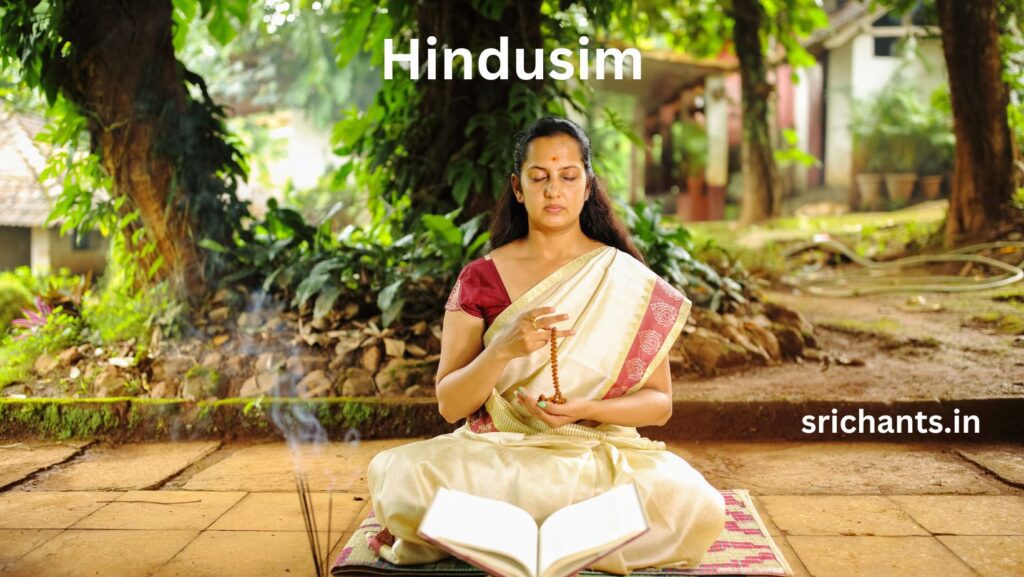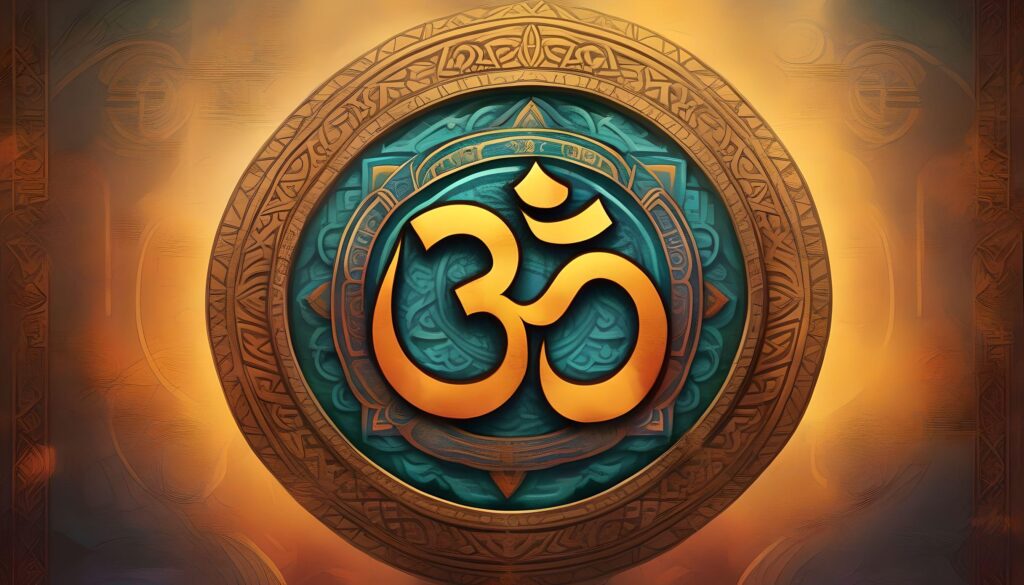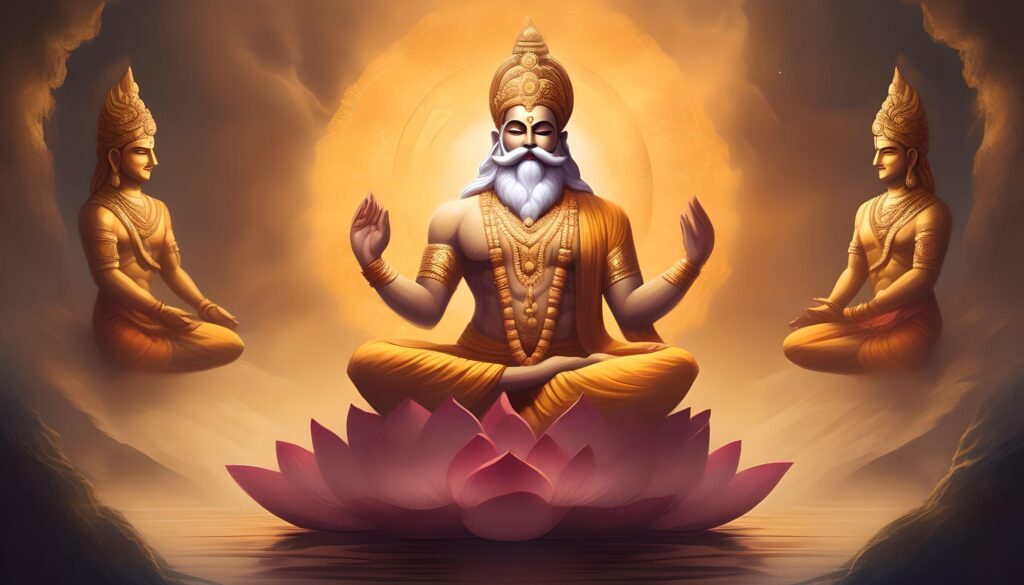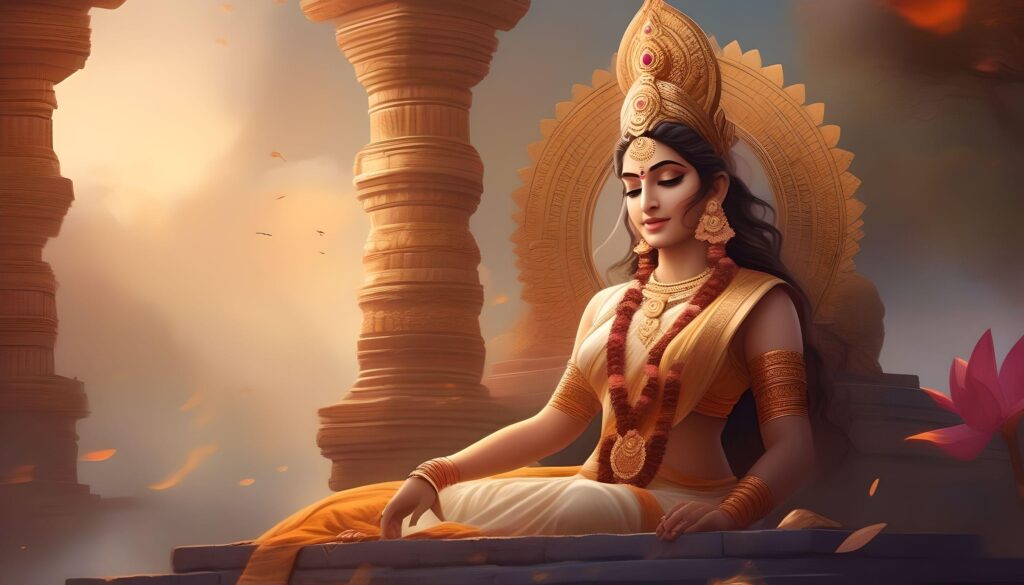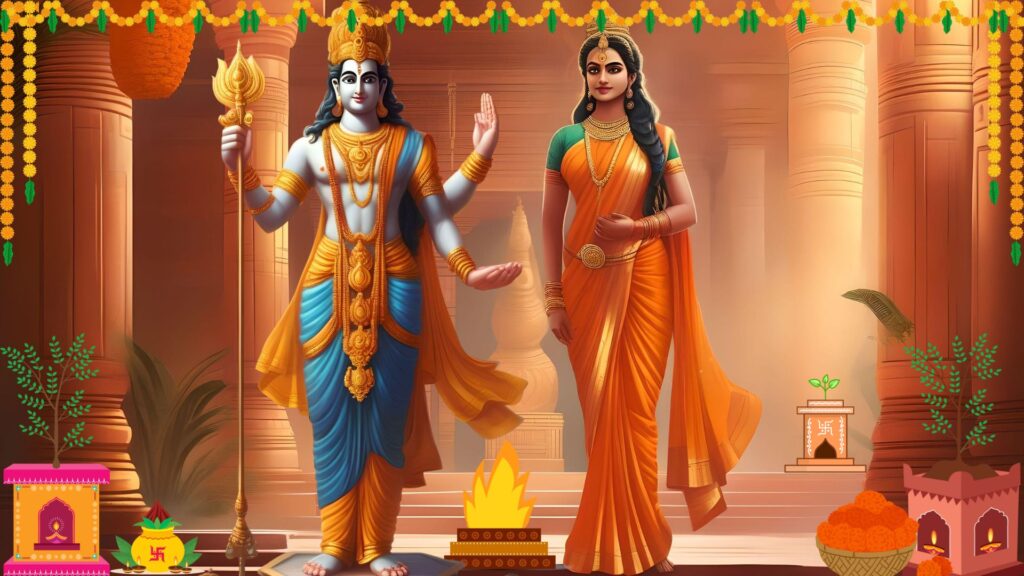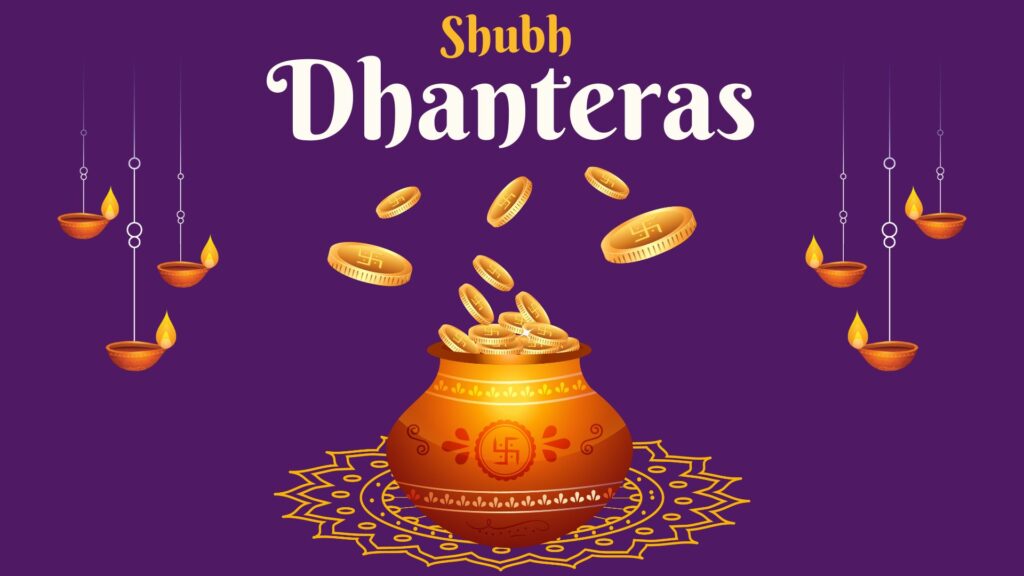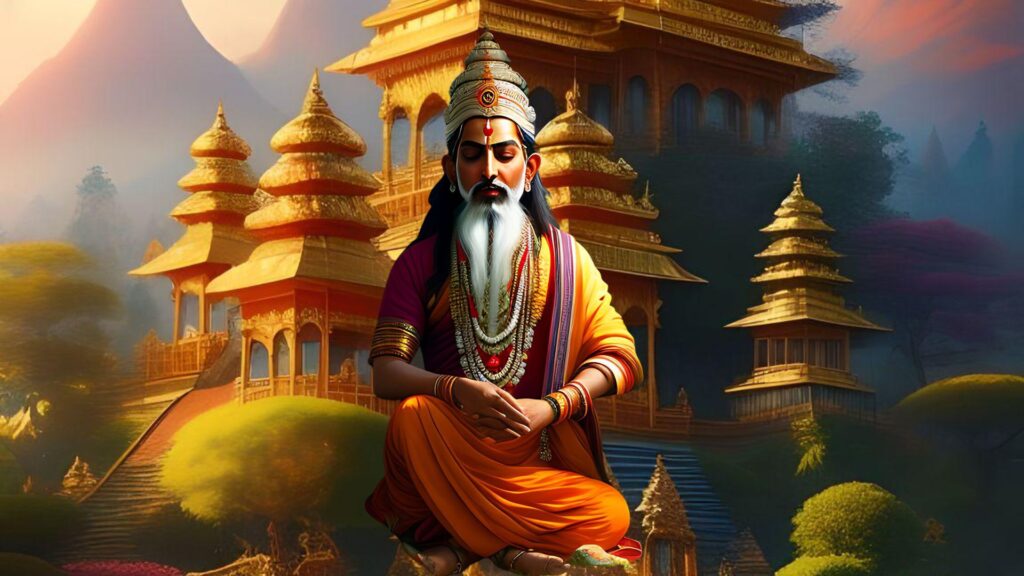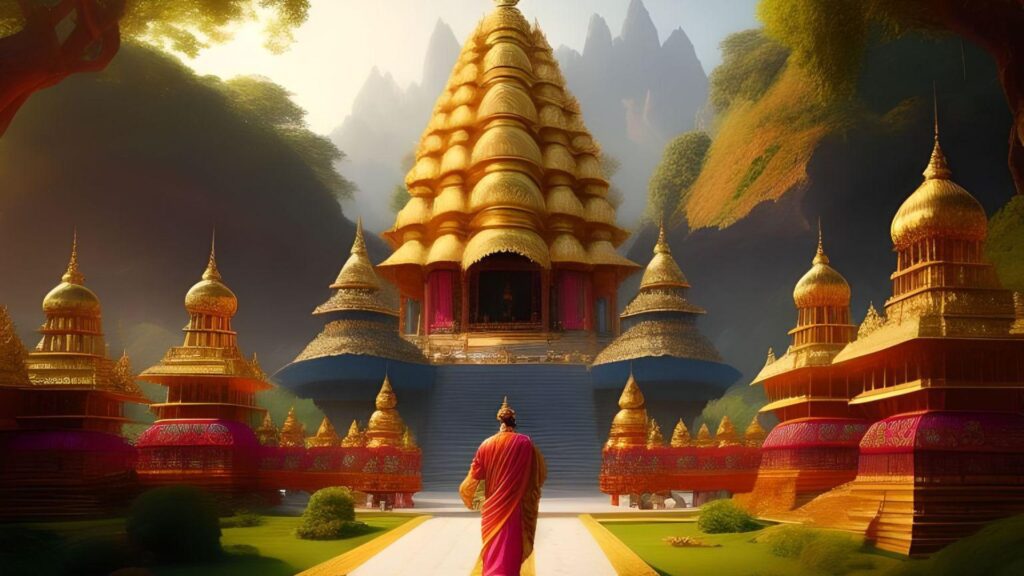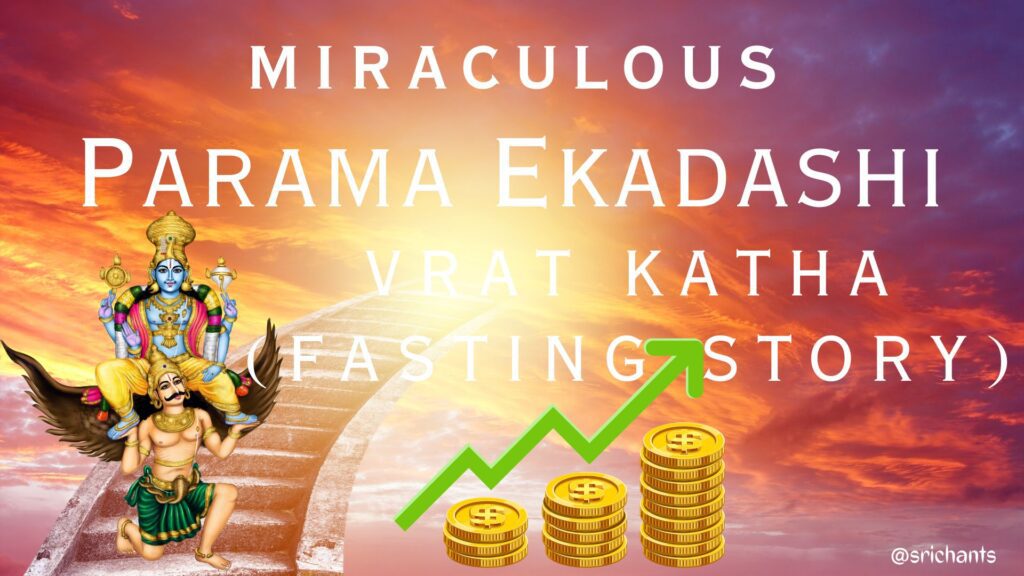hindu and hinduism : Unveiling the Timeless Tapestry of Hinduism
Introduction
A religious tradition with origins that date back thousands of years, Hinduism is a tapestry of diverse philosophies, practices, and cultural expressions that have captivated the global imagination. This ancient faith, which is frequently referred to as the world’s oldest surviving religion, has endured the passage of time, adapting and evolving in response to the changing tides of history while maintaining its fundamental essence.
Hinduism is a decentralized and multifaceted tradition that lacks a singular founder or central authority, which enables it to thrive in contrast to many other religions. Hinduism is a rich tapestry that is enriched by the multitude of beliefs, rituals, and sacred texts that are present in its vast and intricate landscape. The tradition has woven a complex web of stories, symbols, and spiritual insights that continue to resonate with devotees worldwide, from the enigmatic Vedas to the captivating epics of the Mahabharata and Ramayana.
In this thorough examination, we will delve into the intricacies of Hinduism, scrutinizing its sacred texts, unraveling its intricate history, and comprehending the diverse practices and beliefs that characterize this enduring tradition. We invite you to join us on a voyage to reveal the timeless tapestry of Hinduism, revealing its profound wisdom and enduring relevance in the contemporary world.
The Enigmatic Origins of Hinduism
Diverse perspectives on the emergence and evolution of Hinduism are offered by scholars and practitioners, yet its origins remain veiled in the mists of time. Although the term “Hinduism” is a relatively recent invention, the origins of this ancient tradition can be traced back to the Indus Valley Civilization, which thrived in the third and second millennia BCE.
The Indus Valley Enigma
The Indus Valley sites have yielded a plethora of artifacts and symbols that indicate the existence of a sophisticated religious and cultural system, as evidenced by excavations. The ancient civilization’s reverence for the sacred feminine is attested to by the ubiquitous presence of terra-cotta figurines, which are frequently interpreted as representations of deities or fertility goddesses. In addition, the presence of ritual structures and the discovery of seals that depict figures in contemplative poses suggest the existence of sophisticated spiritual practices that predate the Vedic tradition.
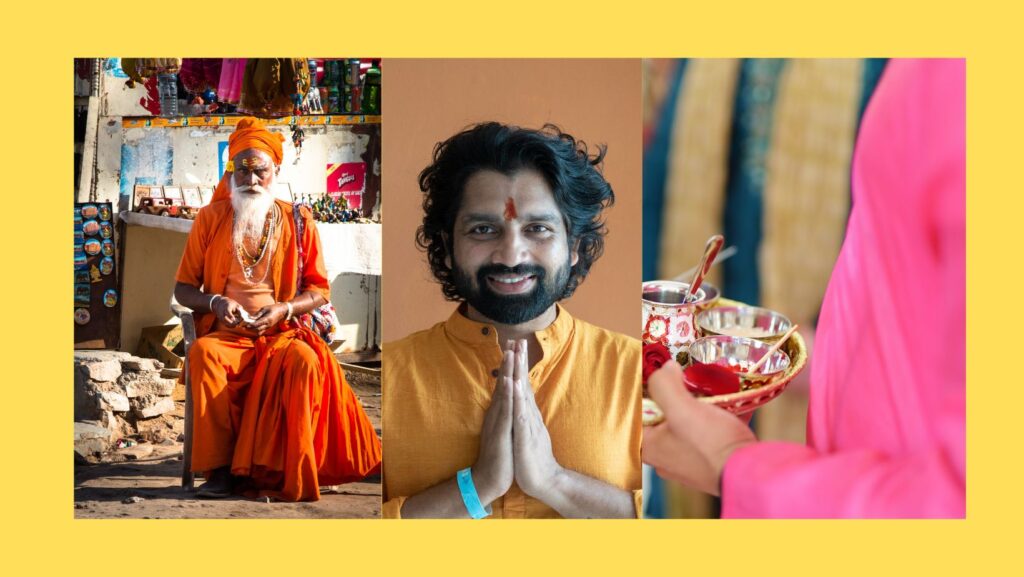
The Vedic Influence
Hinduism’s oldest and most venerated sacred texts, the Vedas, are believed to have originated during the Vedic period, which encompassed the second millennium BCE to the seventh century BCE. The Sanskrit language used to compose these ancient scriptures contains a plethora of philosophical insights, rituals, and mantras that served as the foundation for the Hindu worldview. For millennia, the Vedas have served as the foundation of Hindu thought and practice, with their emphasis on the divine, the cosmos, and the complex relationship between the individual and the universal.
The Diverse Influences
Although the Vedas and the Indus Valley Civilization are regarded as the primary sources of Hinduism, the tradition has also been influenced by a variety of other factors over the course of centuries. The rich tapestry of Hinduism is a result of the interaction between the Aryan and Dravidian cultures, the influx of foreign ideas and beliefs, and the assimilation of local deities and practices. The tradition’s remarkable adaptability and resilience have been characterized by the process of “Sanskritization,” which involved the absorption and reinterpretation of indigenous traditions within the Hindu framework.
The Expansive Nature of Hindu Thought
Hinduism is frequently distinguished by its inclusive and expansive nature, which encompasses a variety of interpretations and perspectives. This receptiveness to a variety of perspectives is derived from the Hindu conviction that the ultimate truth or reality cannot be entirely encapsulated in a single creedal formulation.
The Principle of Tolerance
The Hindu tradition underscores the significance of tolerance and the acceptance of multiple paths to the divine. This ethos is encapsulated in the renowned Hindu prayer, “May good thoughts come to us from all sides.” This tolerance for a variety of viewpoints enables Hinduism to incorporate a diverse array of philosophical schools, practices, and beliefs, each of which contributes to the tradition’s richness and complexity.

The Tension between Universality and Particularity
Hinduism acknowledges the significance of its specific, contextual origins, despite its universalist perspective. Hindus frequently refer to their religious identity as “Sanatana Dharma,” which underscores the timeless and continuous character of their traditions while also recognizing the unique cultural and geographical context of the Indian subcontinent. This tension between the universal and the particular has been a propelling force in the evolution of Hinduism, enabling it to preserve its fundamental essence while adapting to evolving circumstances.
The Five Tensile Strands
Hinduism can be comprehended by considering five interconnected components: doctrine, practice, society, narrative, and devotion. These “tensile strands” are interwoven, each forming as a result of a history of discussion, explication, and challenge. By analyzing the dynamic interplay between these elements, we can develop a more profound comprehension of the Hindu tradition’s complexity and coherence.
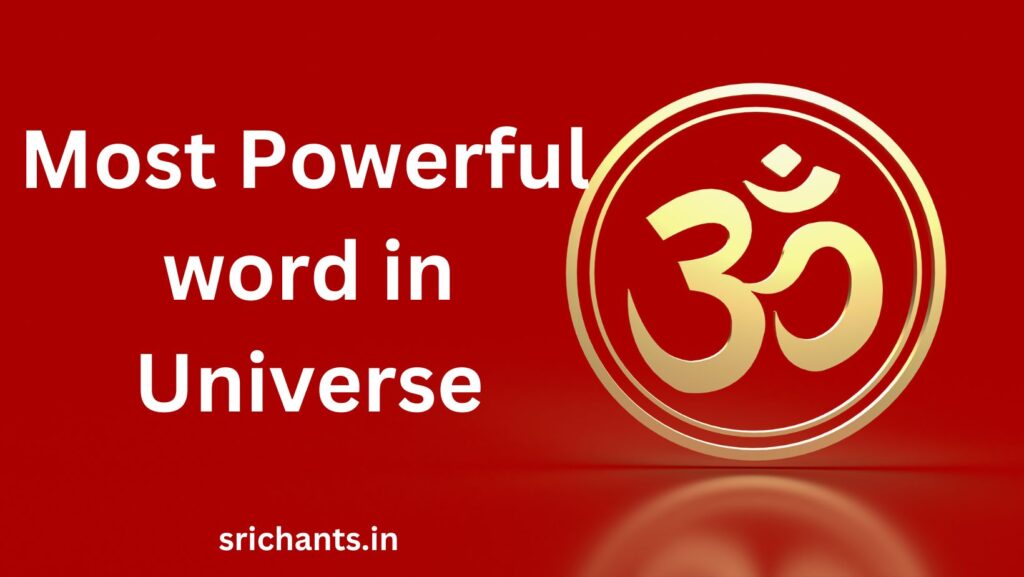
The Foundational Texts of Hinduism
The Veda, the oldest core of Hindu religious utterance, is the foundation of Hinduism’s extensive and diverse textual tradition. The philosophical, ritual, and theological advancements of the tradition have been established on the basis of these ancient scriptures, which were written in the Sanskrit language.
The Vedas
Within Hinduism, the Rigveda, Yajurveda, Samaveda, and Atharvaveda are held to be the most sacred and authoritative texts. For millennia, the Hindu worldview has been influenced by the hymns, rituals, and philosophical insights found in these ancient scriptures. The Vedas are regarded as divine in origin, and their timeless wisdom has been transmitted through generations of eminent Brahmin scholars.
The Upanishads
A collection of philosophical and metaphysical texts that explore the nature of the divine, the self, and the relationship between the individual and the cosmos, the Upanishads are a collection that emerged from the Vedic corpus. These texts, which were composed between 800 BCE and 400 BCE, are renowned for their profound insights into the doctrine of Atman (the individual self) and Brahman (the ultimate reality), as well as the concepts of karma, samsara, and moksha (liberation).
The Epics and Puranas
The vast epics of the Mahabharata and Ramayana, which interweave narratives of heroic deeds, moral dilemmas, and the interplay between the divine and the human, further enrich the Hindu tradition. These epic poems have become profoundly ingrained in the cultural and religious consciousness of Hindus, acting as conduits for the dissemination of spiritual, ethical, and moral principles.
The Puranas are a vast collection of mythological and cosmological texts that explore the creation and destruction of the universe, the cycles of time, and the stories of the gods and deities, in addition to the epics. The devotional and ritual aspects of Hinduism have been significantly influenced by these narratives.
The Philosophical Texts
The development of six main schools of thought, including Advaita Vedanta, Vishishtadvaita, and Dvaita, has also contributed to the rich tradition of philosophical inquiry that Hinduism has fostered. These philosophical systems, which are encapsulated in texts such as the Bhagavad Gita and the Brahma Sutras, have addressed questions of the nature of the divine, epistemology, and metaphysics, thereby contributing to the intellectual profundity and diversity of the Hindu tradition.
The Multifaceted Deities of Hinduism
Hinduism’s comprehension of the divine is distinguished by a profound sense of dynamism and multiplicity. Hinduism, in contrast to monotheistic traditions, recognizes a pantheon of deities, each of whom possesses distinctive attributes, narratives, and spheres of influence.
The Trimurti and the Pantheon
At the core of the Hindu pantheon are the Trimurti, the three primary deities: Brahma, the creator; Vishnu, the preserver; and Shiva, the destructor. These three facets of the divine are regarded as interdependent and complementary, illustrating the cyclical nature of creation, preservation, and transformation.
Hinduism’s pantheon is populated by a vast multitude of other deities, each with their own distinct personalities, powers, and areas of influence, in addition to the Trimurti. The divine feminine is commemorated in a variety of ways, from the benevolent Ganesha, who removes obstructions, to the fierce and protective Durga. The Hindu belief in the multiplicity of the divine, as well as the complex relationship between the human and the sacred, is reflected in the diversity of these deities.
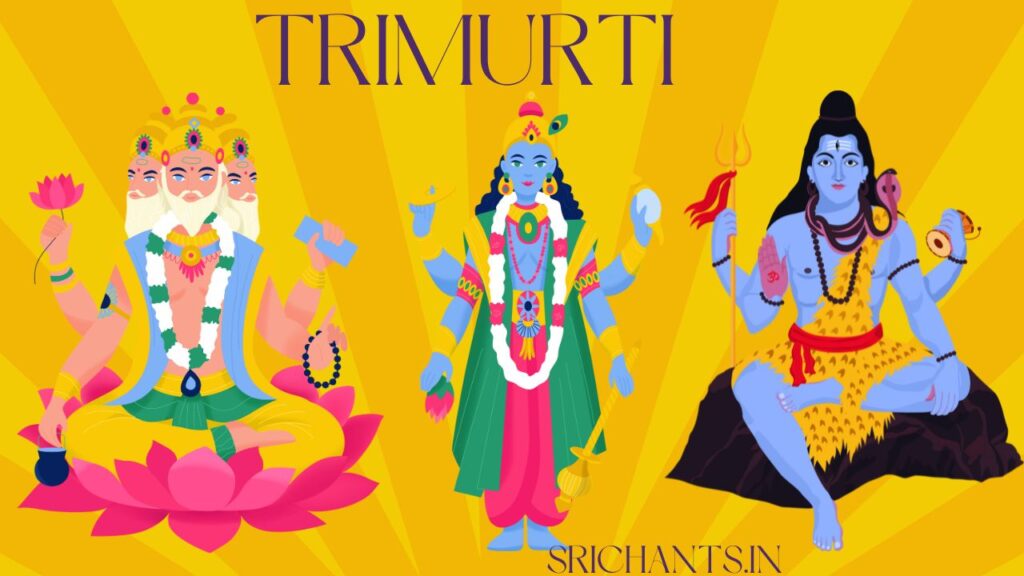
The Concept of Avatars
The concept of avatars, or incarnations of the divine, further enriches Hinduism’s comprehension of the divine. Vishnu is believed to have assumed a variety of forms throughout history in order to restore cosmic order and safeguard the devout, and his avatars are the most well-known. Krishna and Rama are the most prominent of these avatars, and their tales are commemorated in the devotional traditions and epics of Hinduism.
The Importance of Ritual and Devotion
Not only are the Hindu pantheon and its associated deities not abstract concepts, but they are also actively worshipped and venerated through a complex web of devotional practices and rituals. In Hinduism, the veneration of its deities is profoundly ingrained in the rituals and devotional expressions, from the daily puja (worship) performed in household shrines to the grand festivals that celebrate the divine.
The Diverse Paths of Hindu Practice
The diversity of Hinduism’s spiritual and religious practices is indicative of its expansive nature. Although there is no single, unified Hindu way of life, the tradition provides a variety of pathways for individuals to connect with the divine and pursue spiritual fulfillment.
The Three Paths of Dharma
Karma Marga, the path of action and duty; Jnana Marga, the path of knowledge and wisdom; and Bhakti Marga, the path of devotion and love, are the three fundamental paths, or margas, that Hinduism acknowledges as the means to the ultimate goal of moksha (liberation). Although these paths are distinct, they are frequently interconnected, enabling individuals to navigate their spiritual voyage by combining righteous action, intellectual inquiry, and devotional expression.
The Stages of Life: The Ashrama System
Brahmacharya (student life), Grihastha (householder life), Vanaprastha (forest inhabitant), and Sannyasa (renunciation) are the four distinct phases of the Ashrama system, which encapsulates Hinduism’s perspective on the stages of life. Individuals are able to progress through the cycles of life in accordance with their evolving requirements and aspirations by recognizing specific responsibilities, practices, and spiritual attainments at each stage.
Ritual and Worship
The Hindu tradition is renowned for its extensive and varied rituals, which are the primary method of connecting with the divine. These ritual practices are deeply ingrained in the Hindu worldview and are considered indispensable for the preservation of cosmic order and the cultivation of spiritual development, from the daily puja conducted in household shrines to the grand festivals that commemorate the deities.
Pilgrimage and Sacred Spaces
The concept of pilgrimage is also highly valued in Hinduism, as devotees embark on voyages to sacred sites and temples throughout the Indian subcontinent. These sacred sites, which are frequently linked to particular deities or mythological events, are believed to foster spiritual transformation and intimacy with the supernatural. They are imbued with a profound sense of sanctity.

The Enduring Influence of Hinduism
The teachings, practices, and cultural expressions of Hinduism have had a profound impact on various regions and civilizations throughout history, extending far beyond the Indian subcontinent.
Hinduism in Southeast Asia
Hinduism’s influence began to extend to Southeast Asia in the early centuries of the Common Era, where it established a foothold and developed unique regional forms. The Khmer Empire under Suryavarman II, a Hindu-Buddhist kingdom in Java, Sumatra, and Cambodia, witnessed the construction of magnificent temple complexes and the integration of Hindu deities and mythological narratives into local traditions.
Hinduism and the West
It has been a multifaceted and intricate process, marked by both genuine intellectual and spiritual exchanges and misunderstandings, the encounter between Hinduism and the West. The Western philosophy, spirituality, and new religious movements have been significantly influenced by the influx of Hindu thought and practice, particularly through the work of influential figures such as Swami Vivekananda and the Theosophical Society.
Hinduism in the Modern Era
Hinduism has encountered a multitude of obstacles in the contemporary era, including the tensions between its universalist and particularist impulses, the influence of Western cultural and religious traditions, and the rise of secularism. Nevertheless, the tradition has also experienced a resurgence of interest and a renewed emphasis on its fundamental teachings and practices, both within India and among the increasingly large Hindu diaspora worldwide.
Conclusion: The Enduring Relevance of Hinduism
As we explore the intricate tapestry of Hinduism, we are met with a tradition that is both immutable and perpetually changing, a testament to the remarkable adaptability and resilience of the human spirit. Hinduism continues to captivate and inspire individuals worldwide, from its ancient origins in the Indus Valley and the Vedic tradition to its contemporary manifestations.
Hinduism’s enduring relevance is derived from its capacity to address the fundamental concerns of human existence, providing a variety of paths and perspectives that cater to the diverse needs and aspirations of individuals. Its enduring appeal is a result of its reverence for the natural world, its embrace of pluralism, and its emphasis on the interplay between the divine and the human.
The Hinduism’s insights and wisdom provide a valuable lens through which to investigate the mysteries of the universe, the depths of the human experience, and the timeless pursuit for meaning and fulfillment as we navigate the complex and ever-changing landscape of the 21st century. We are invited to embark on a voyage of spiritual transformation and self-discovery by engaging with this ancient tradition, which presents a world of possibilities in which the sacred and the profane, the universal and the particular, coexist in a harmonious dance.
